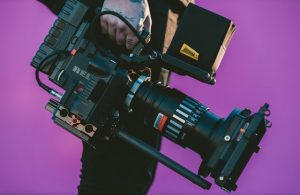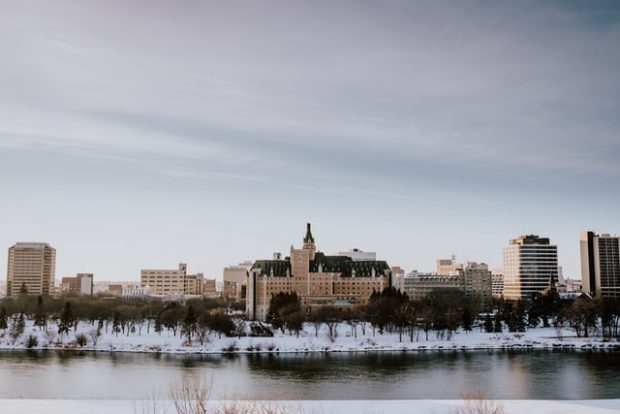The Reconciliation Garden can help promote and encourage an understanding of the significance of place and connection to this country, alone with knowledge around native plants and bush food. This could be a reconciliation project that the entire school could become apart. Student would be able to understand the value in collaboration in achieving an outcome, like this project. As well, students would get to understand environmental importances, along with the place in shaping stories, histories, and identities. Three inquiry questions that come with this project would be “How can each student help out with completing the reconciliation garden? What can we learn from our reconciliation garden about Aboriginal and Torres Strait Islander histories and cultures? How can we use the reconciliation garden as a place for ongoing learning once it is built?”
With a project like this, I like how you can do a KWL chart where teachers can see how much the students actually know about reconciliation. First, teachers would check in to see what they know and why reconciliation is important, then how they feel about it and how reconciliation can be part of their story, and finally what they could do to make reconciliation better and how we can get involved.
You can learn more about this project by going to this website, however you will have to sign up to gain access. It is free though! I have to add that it is also from Australia which is still fine as we could try to do something like this in our schools.
If interested, there are tons more projects, learning resources, and lessons that can be found here from early learning all the way up to secondary students.


